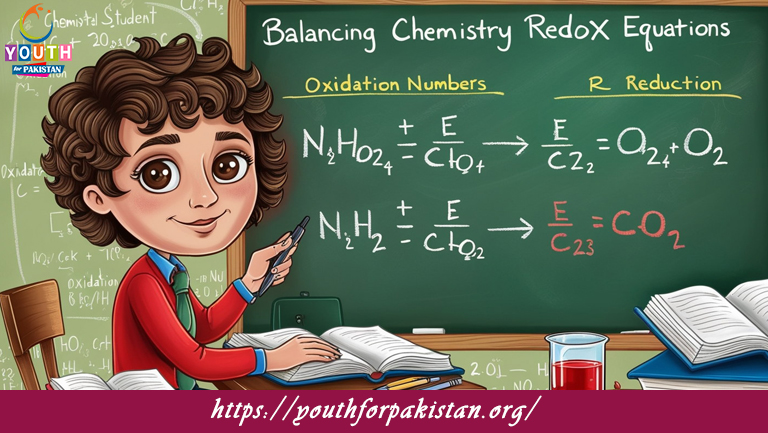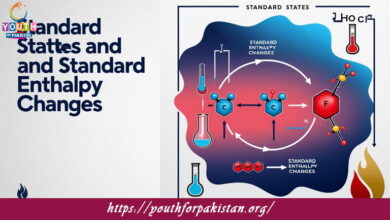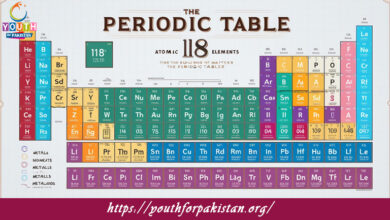Balancing Redox Equations By Oxidation Number Change Method MDCAT Quiz

Balancing Redox Equations By Oxidation Number Change Method MDCAT Quiz; MDCAT students, since this method is systematic in approach for balancing redox reactions. In this, the change in oxidation numbers of elements taking part in the reaction is followed to balance the equation. This is especially useful for MDCAT Quiz students because it makes the balancing of reactions in acidic and basic solutions easy without going into complicated half-reactions.
H2: Steps for Balancing Redox Equations by Oxidation Number Change Method
The oxidation number change method starts with assigning oxidation numbers to all atoms in the reactants and products. Then find the atoms undergoing changes in the oxidation number. The total increase in oxidation number (oxidation) must be equal to the total decrease in the oxidation number (reduction). Now, balance the changes by putting appropriate coefficients in front of the reactants and products. If the solution is acidic or basic, balance the equation by adding H⁺ or OH⁻ ions as required and finally check for mass and charge to be conserved. So this gives a very simple way to balance redox reactions without the need to split them into half-reactions.
H3: Quiz on Oxidation Number Change Method
MDCAT Quiz on Balancing Redox Equations: By the Oxidation Number Change Method: The quiz is meant to test the proficiency of students in applying the above technique to varied reactions. Changing the oxidation state, balancing of the whole reaction, mass and charge balances—these would all be tasks put to a test. This exercise will further acquaint students with both acidic and basic media redox reactions in order to advance their capacity for using oxidation numbers to balance an equation easily and effectively. Solving the types of questions provided in the preceding exercise would most definitely give a good overview to the student when faced with redox reaction mechanisms in the MDCAT.
H3: Free Flashcard for Oxidation Number Change Method
The Free Flashcard on this topic can help MDCAT students improve their understanding of the oxidation number change method. It summarizes in concise form what steps should be taken to balance redox equations and gives, through examples, how to use the oxidation number change method. If reviewed regularly, it reinforces the key concepts in such a way that students can immediately recall the method during their revision. This makes it an asset in better problem-solving skills connected with redox equations and related questions in the MDCAT exam.

When balancing by oxidation number change, electrons are added to balance the ________.
oxidation numbers

In a balanced redox equation, the total increase in oxidation numbers must equal the total ________.
decrease

To balance a redox equation by oxidation number change method, you should first identify the ________.
oxidizing agent

In oxidation number method, the number of electrons lost in oxidation must equal the number ________.
gained in reduction

In the oxidation number change method, the equation is balanced by adjusting the ________.
oxidation numbers

In the oxidation number change method, balancing of the atoms involved comes after ________.
balancing the oxidation states

In the oxidation number method, the number of electrons in the half-reaction must be balanced by ________.
adding coefficients

In the oxidation number change method, the species that undergoes reduction is the ________.
oxidizing agent

In a balanced redox reaction, the reduction process results in a ________ in the oxidation number.
decrease

In the oxidation number change method, balancing the electrons can be achieved by ________.
adding coefficients

When balancing by oxidation number change, you must first identify the ________ in the equation.
changes in oxidation states

In redox equations, the ________ is the species that causes the oxidation of another substance.
oxidizing agent

The total change in oxidation state for the reduction half-reaction must be ________.
equal to the total change in oxidation states of oxidation
Experience the real exam environment with our expertly designed collection of over 25,000 MCQs MDCAT Mock Tests.





